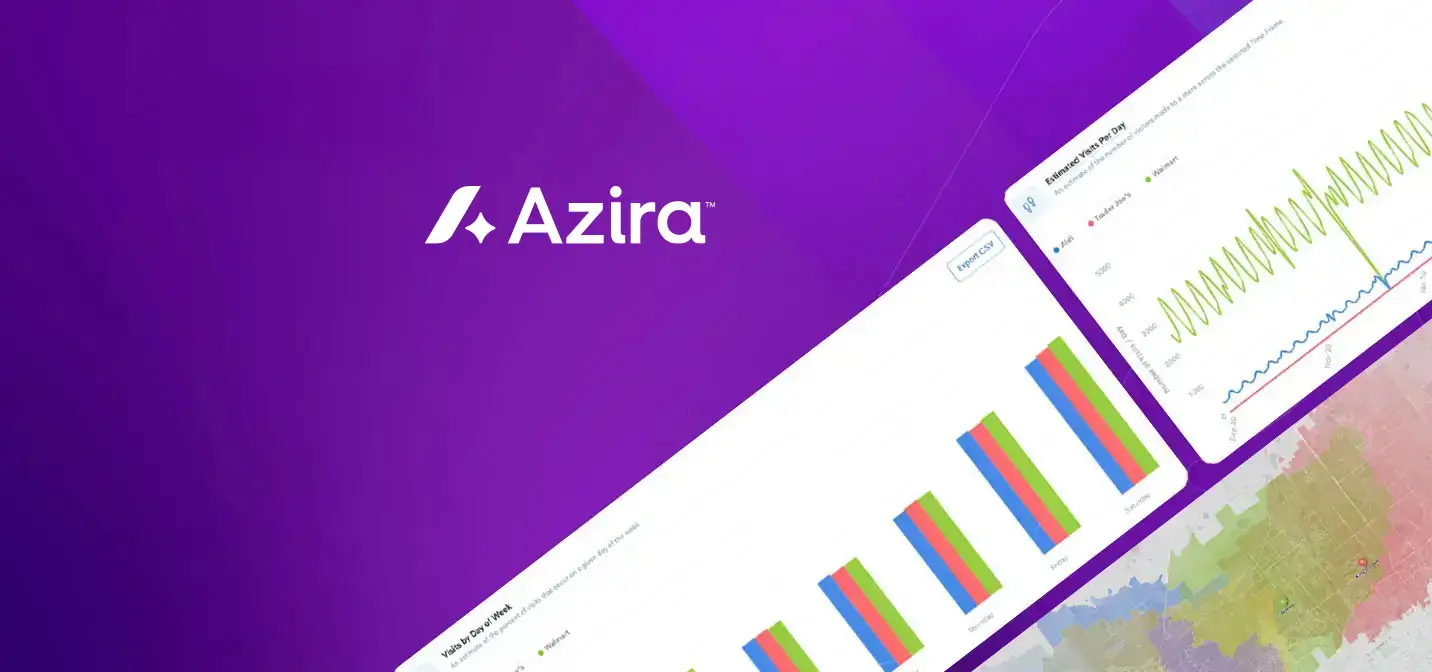Businesses incorporate data from disparate sources to make the best, most well-informed decisions. Data streams like location data offer real-time information and predictive analytics to better understand customer behavior. Here are 5 ways how businesses can leverage location intelligence to make better decisions and boost revenue.
1. New Store Openings
Selecting new store locations is one of the most difficult questions for retailers. Population density studies, local demographics, and the success of similar retailers all factor into the decision to open a new store. Retailers have traditionally relied on a variety of sources for this information but location intelligence can add far more accurate and timely information. Data from mobile phone searches, social media activity, and foot traffic patterns can provide a better indicator of how many potential customers walk past a site on a regular basis. Consumer data unification in a single analytical platform can make store selection a much more informed process. Recently, one of the largest retail chains used location data to identify new store locations in the US.
2. Store Design
Location data is increasingly important in designing the layout of retail locations and determining how to best display inventory. Retailers are increasingly using footfall data across stores to build heat maps detailing how customers navigate the shopping experience. High-volume aisles are a great place to put more difficult-to-sell items or those that consumers normally don’t seek out when they visit. Data can also highlight bottlenecks or other issues adding friction to the buying process. For example, placing a returned items desk next to the regular purchase desk can cause confusion and longer lines.
3. Staffing Decisions
Retailers often use seasonal sales data to determine staffing for different periods of the year. Staffing is scaled up during holiday periods and then reduced during slower periods. Location intelligence offers more predictive data to aid staffing decisions. For example, major retailers can measure customer traffic in and around specific stores in a particular location or even across locations. That data can be used to evaluate customer visits throughout the day or sales relative to staffing. Retailers can then better schedule shift workers to ensure a desired staff-to-customer ratio. Location intelligence can also be used to determine where staff are most needed on the floor. Heat maps showing large clusters of customers in particular departments or stores help determine prime locations for additional manpower.
4. New Product Development
Location data can help business in their expansion plans by delivering intelligence on where potential customers live and work. Location data can also provide insight into the habits and desires of existing customers to help business expand services and launch new products. For example, if a global clothing retail chain wants to test out if a new array of clothing products is going to work well with a relevant set of audience, based on the actionable intelligence from location data, the brand can analyse and decide which market or store it can plan to launch. The brand can then analyse footfall data in and around its own or competitor stores, understand where its majority of audience live, work, and analyse their commute patterns to plan their marketing and business strategy in order to increase sales. Further integrating location data with weather data can also help to change/adjust product promotions in real time, based on the forecasts.
5. Capital Investment Decisions
Location intelligence can also be useful for long-term business and capital investment decisions. A great example is in real estate development. Real estate firms have to consider several factors when selecting a residential development site: the target audience, the projected selling price, and the location relative to other points of interest. In an urban environment like New York, location data for consumer journeys can be used to examine where affluent and middle-income commuters live and the route they take into the city. This data can be used to identify the most attractive real estate parcels on the edge of the city and begin development. Long-range capital planning requires granular, predictive analytics to ensure the best return on investment. Location intelligence can arm real estate developers with the data they need to efficiently allocate capital.
Location data can provide far better optics into consumer behavior than traditional data streams. Data from smartphones, social media, and other sources can track consumer purchases and migration in real time. Using data trends and insights, businesses can develop a comprehensive understanding of their customers and make the most informed business decisions.
Also published in StreetFight.




